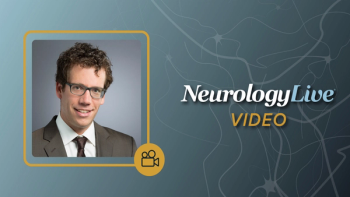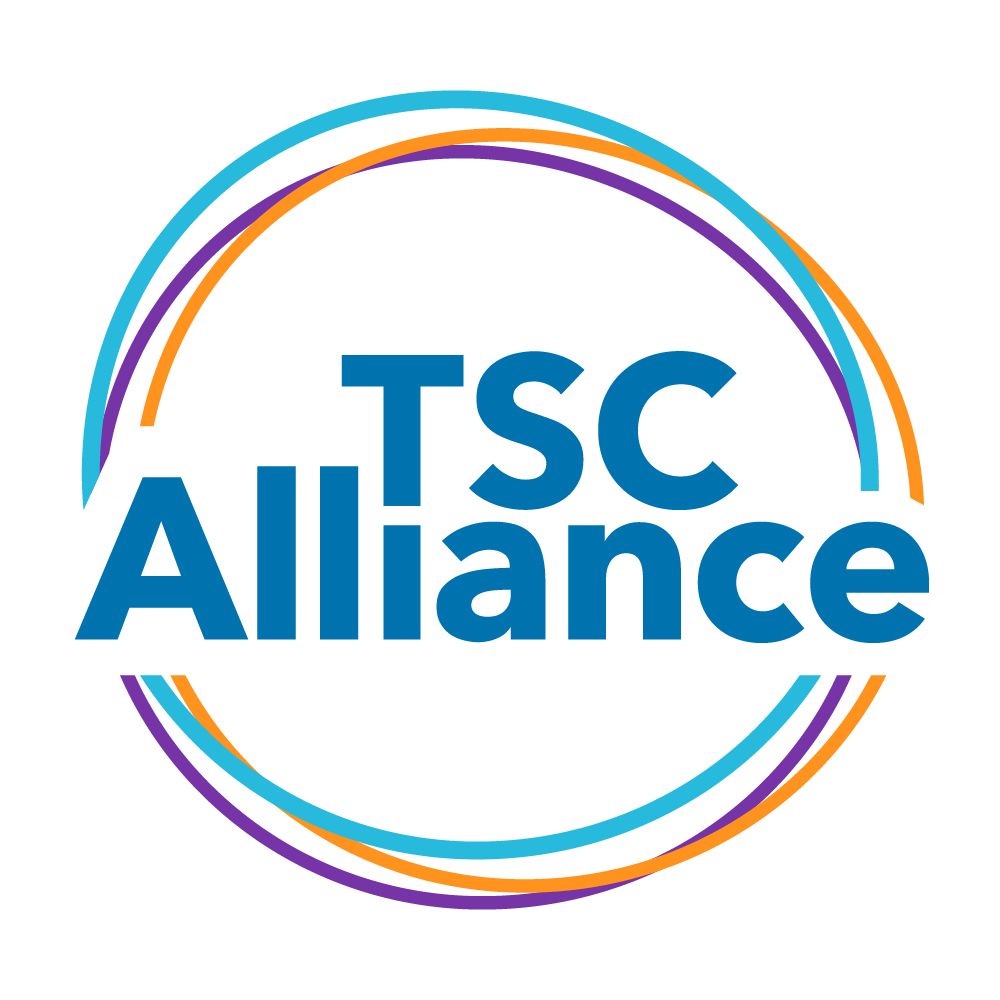
Quantifying Impact of Tuberous Sclerosis Complex-Associated Neuropsychiatric Disorders

Elizabeth M. Cassidy, MPH, research project manager at the TSC Alliance, provided clarity on a presentation at AES 2023 examining the association between TSC-associated neuropsychiatric disorders and seizure duration.
Tuberous sclerosis complex (TSC) is a rare genetic disorder associated with mutations in the TSC1 or TSC2 genes, a wide range of physical manifestations, and a highly heterogeneous clinical presentation. In addition, the disorder has been linked with a broad range of behavioral, psychiatric, intellectual, academic, neuropsychological, scholastic, and psychosocial difficulties. At the recently concluded
Led by Elizabeth M. Cassidy, MPH, research project manager at the
In a secondary analysis of individuals with at least 50 seizures, higher seizure burden scores significantly correlated with ASD. Cassidy believes these findings support previous studies on the co-occurrence of more severe epilepsy to neuropsychiatric disorders. During the meeting, she sat down with NeurologyLive® to offer up her perspective on the data, the clinical significance it holds, and whether it changes our perspective of TSC. Additionally, she spoke on the reasons to observe these specific TANDs and other lingering unmet needs of TSC.
NeurologyLive®: What was the clinical significance of your analysis?
Elizabeth M. Cassidy, MPH: Just to provide a bit of background, at the TSC Alliance, we maintain a natural history database housing clinical information linked to our bio sample repository. For our natural history database, we have a data-sharing collaboration with an application called SeizureTracker. The SeizureTracker application allows individuals to log diary information about their day-to-day seizures, capturing videos, logs, rescue medications, different medications, and factors affecting seizure cycles. We are excited to link this information to the research data in our natural history database. This collaboration began a few years ago, and at this year's AES, I wanted to dive into the data within our data-sharing agreement. Specifically, I aimed to explore the data's association with TSC-associated neuropsychiatric disorders (TAND) within our cohort.
We started by examining our cohort of 31 individuals sharing data within SeizureTracker and the Natural History Database (NHD) for any association with specific TAND manifestations like autism, ADHD, or anxiety. The chi-square analysis revealed a specific association between our cohort and all these TAND manifestations, confirming what is known in the literature regarding TSC. Our community with TSC typically experiences some form of manifestation with TAND. This validates our understanding within our cohort. Going deeper, we analyzed seizure length and severity, finding an average seizure length of about seven and a half minutes in our cohort. Although our cohort did not reach significance for those diagnosed with autism, ADHD, or anxiety, there was a trend toward a p-value of less than 0.05 for autism, which we hope to validate as our cohort grows. Additionally, as a secondary analysis, we assessed seizure burden scores, revealing a significant association between higher seizure burden scores and those diagnosed with autism in our natural history database. This underscores the co-occurrence of TAND, especially autism, aligning with our understanding of seizure severity. We aim to continue validating these results as our cohort expands, providing valuable insights for our community regarding the impact of TAND on seizure severity.
Do these findings change the way clinicians approach patients?
While these findings may not alter perceptions significantly, they strongly emphasize what we already know. Specifically, it underscores the association between TSC and TAND. Although we already have background knowledge about autism and anxiety without TSC and their correlation with seizure severity, this research delves into TSC-associated neuropsychiatric disorders, reinforcing the link for our community.
Why did you and your colleagues specifically focus on these TANDs?
This year, the TSC Alliance received generous funding from the Bhatia Foundation to explore TSC neuropsychiatric disorders. During a focus group at our March on the Hill event, community members and caregivers identified anxiety and aggressive behaviors resembling autism as some of the most burdensome symptoms associated with TAND. This direct input from the community guided my decision to focus on these specific diagnoses and incorporate the community's voice into the research presented at AES.
Outside of seizures, what other factors could play a role in developing TAND?
Currently, we are examining patient-reported outcomes (PRO) for TAND to enhance the outcomes we can provide to our community for making different clinical decisions on treating TAND. While there are existing PRO measures for autism, ADHD, and anxiety without TSC, we are working on connecting these to TSC and building a TSC PRO that can guide clinical decisions, early interventions, and future drug treatments. We hope to expand these efforts to include other factors and treatment methods in the future.
Are there other disorders, neuropsychiatric, or not, that may be impacted by TSC?
TSC is considered a linchpin disease, connecting with various mainstream diseases and disorders like cancer, autism, kidney problems, and cardiac issues. In our community, we closely monitor kidney manifestations, such as angiomyolipomas, benign kidney tumors that can lead to significant renal dysfunction and kidney disease. Additionally, we recently initiated a Reproductive and Perinatal task force to address women's health issues in TSC, exploring pregnancy possibilities while on TSC medications, lamb and pulmonary manifestations, and other aspects outside of seizures and TAND. We look forward to expanding our research and understanding in the coming years.
Transcript was edited by artificial intelligence for clarity.
Newsletter
Keep your finger on the pulse of neurology—subscribe to NeurologyLive for expert interviews, new data, and breakthrough treatment updates.



























